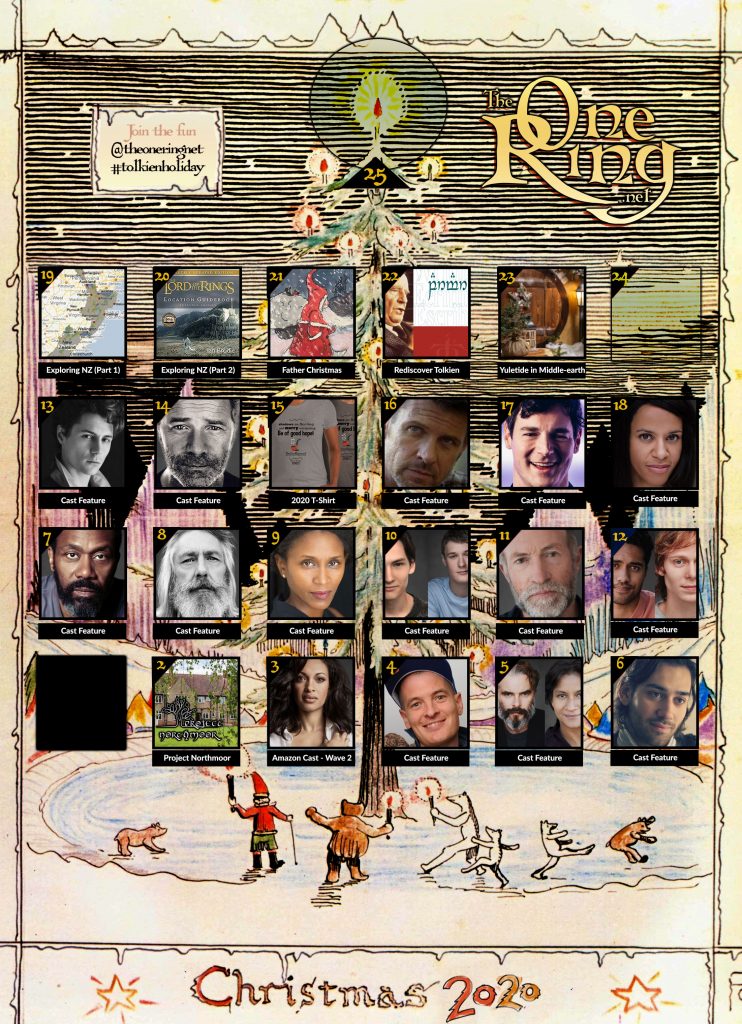Holidays in Middle-earth are based on the turning of the seasons, as they are in our own world. Yule, as Tolkien named the winter celebration in his novels, is led off by the Winter Solstice. The history of Yule can be traced back thousands of years to the Norse peoples, whom we know J.R.R had an affinity for. During this holiday, the Yule log (an entire tree fed gradually into the fireplace), decorated trees, wassailing (caroling), and roasting of wild boar were the centerpieces, from which current traditions are derived.
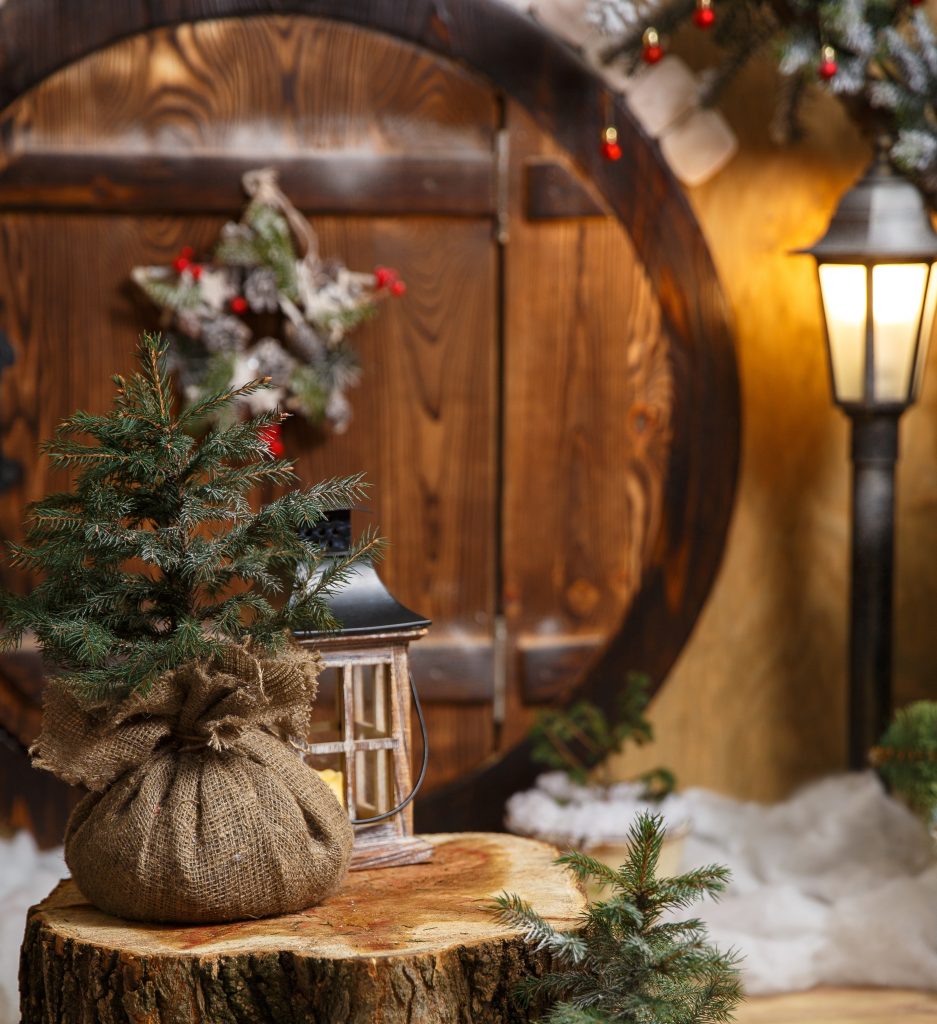
As we relax beside the crackling fire, And the wind tosses branches in the pine, Into a snow globe of Middle-earth, let us peer Upon the festive winter holidays in the Shire, Icicles on the Golden Hall that sparkle and shine, The sound of sleigh bells in Ithilien drawing near, The frost-glint upon holly and fields of briar, The sumptuous fare on which the Elven-folk dine. 'Tis a time of joy in Middle-earth, for Yuletide is here. – Mithril

In the Shire, “The Yuledays”, which began with the Winter Solstice, fell between the months Foreyule and Afteryule. This celebration, called Yuletide, lasted six days, with the last day of the year–1 Yule, Old Year’s Day, or Yearsend–and the first day of the new year–2 Yule, New Year’s Day, or Yearsday– being the major days of feasting and merriment.1
When the Hobbits return to the Shire after the War of the Ring and King Elessar’s coronation, they worry that the tables at the Yule feast will be spread thin that year. To their surprise, they found the ruffians who had invaded the Shire had left ‘Great stores of goods and food, and beer … hidden away … in sheds and barns and deserted holes, and especially in the tunnels at Michel Delving and in the old quarries …’2 The liberation of the Shire was celebrated with a splendid feast, and ‘there was a great deal better cheer that Yule than anyone had hoped for.’2
In The Hobbit, Gandalf and Bilbo celebrate Yule at Beorn’s house on their way back to the Shire from Erebor, The Lonely Mountain. ‘Yule-tide was warm and merry there; and men came from far and wide to feast at Beorn’s bidding.’3
One need only imagine the cozy warmth of Yuletide merrymaking in the Shire to have a feeling of cheer inside. And we all know how much Hobbits like to give presents.
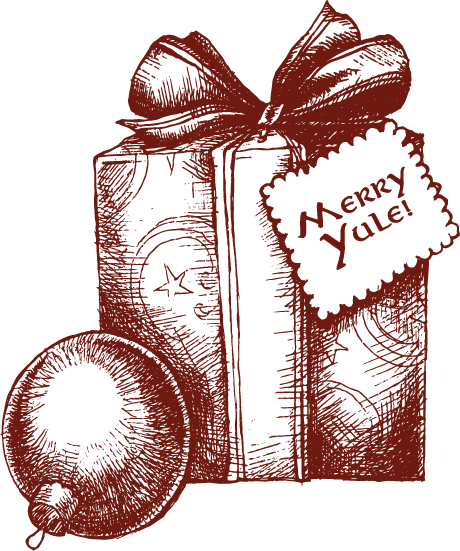
The Rohirrim also celebrated the winter holiday of Yule, taking the traditions of their northern brethren with them when they relocated to the land of Calenardhon, given to them by Cirion, Steward of Gondor, for helping defeat the Balchoth. Feasting in the Great Hall of Meduseld would most likely have been filled with meat and mead aplenty, yet the sole mention of Yule in Rohan in Tolkien’s work is not a heart-warming holiday tale, but one of my favorite ghost stories.
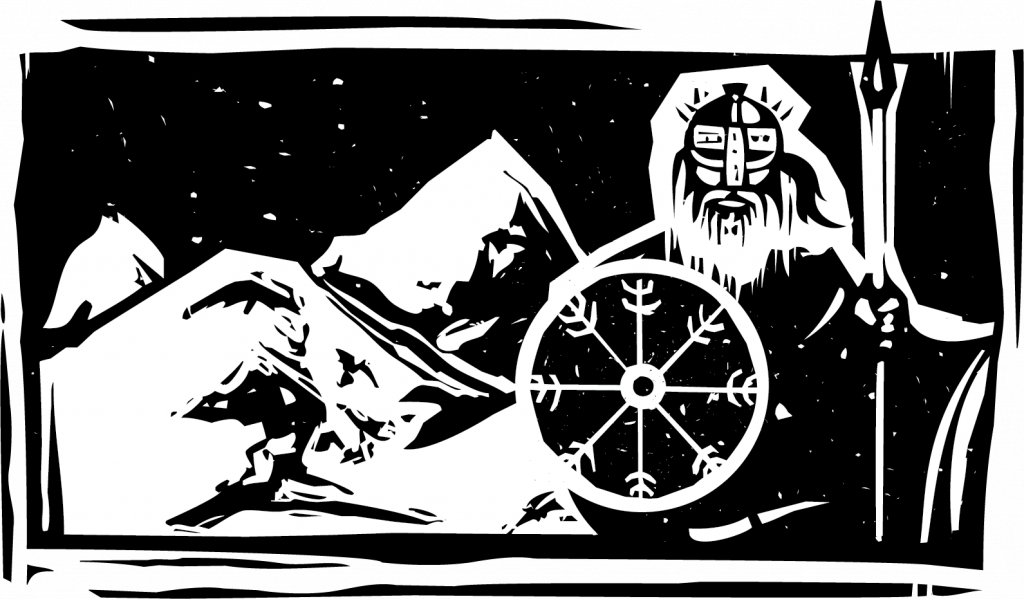
The events take place during the Long Winter, when Rohan lay snowbound for five months. ‘In Helm’s Deep there was a great hunger after Yule.’4 King Helm Hammerhand’s son was lost in the snow during a foray, and Helm in his grief, would venture into the land ‘clad in white, and stalk like a snow-troll into the camps of his enemies, and slay men with his hands.’4 One night, he did not return. In the morning, he was found frozen but standing erect, ‘a white figure…dead as stone.’4 Yet his horn could still be heard at times in the Deep, and it was told that his wraith would walk the land, killing his foes by fear.
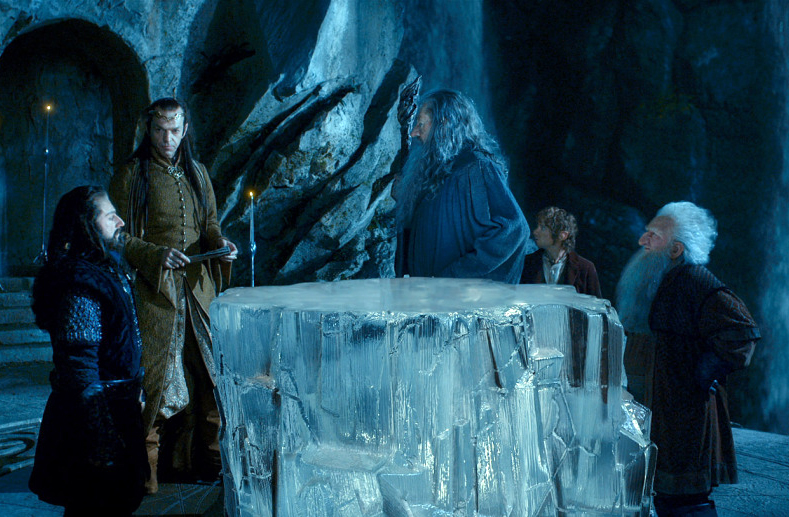
Dwarves, it seems, would jump at any excuse for a party, but the only Dwarven holiday mentioned in Tolkien’s work is Durin’s Day, which according to Thorin is ‘The first day of the dwarves’ New Year’.5 It is ‘the first day of the last moon of Autumn on the threshold of Winter.’ 5 The timing of this holiday closely coincides with that of Yule. Though it is never mentioned how the Dwarves celebrated this holiday, if their appetites when they first meet Bilbo in The Hobbit are any indication, it would call for hardy feasting indeed. On the menu, we might find these popular items requested by Thorin’s company: ‘raspberry jam and apple tart’, ‘mince-pies and cheese’, ‘pork pie and salad’, ‘cakes…and coffee’, all washed down with Balin’s request for ‘a little beer’.6
In our next installment of the story of Yule in Middle-earth, we will learn how Men and Elves celebrate this time of year.

1 The Peoples of Middle-earth, “The Calendars”
2 The Return of the King, “The Grey Havens”
3 The Hobbit, “The Return Journey”
4 The Lord of the Rings, Appendix A, “The House of Eorl”
5 The Hobbit, “A Short Rest“
6 The Hobbit, “An Unexpected Party”
Editor Note: Throughout the month, and as part of our Tolkien Advent Calendar celebration, we have been featuring news and resources for fans of J.R.R. Tolkien, his worlds and works. Today’s official advent calendar is below!
